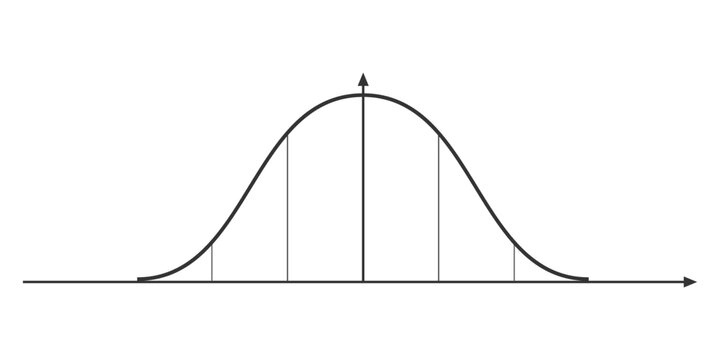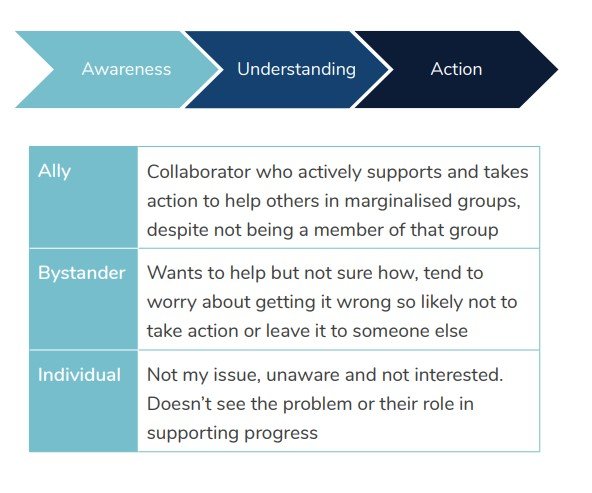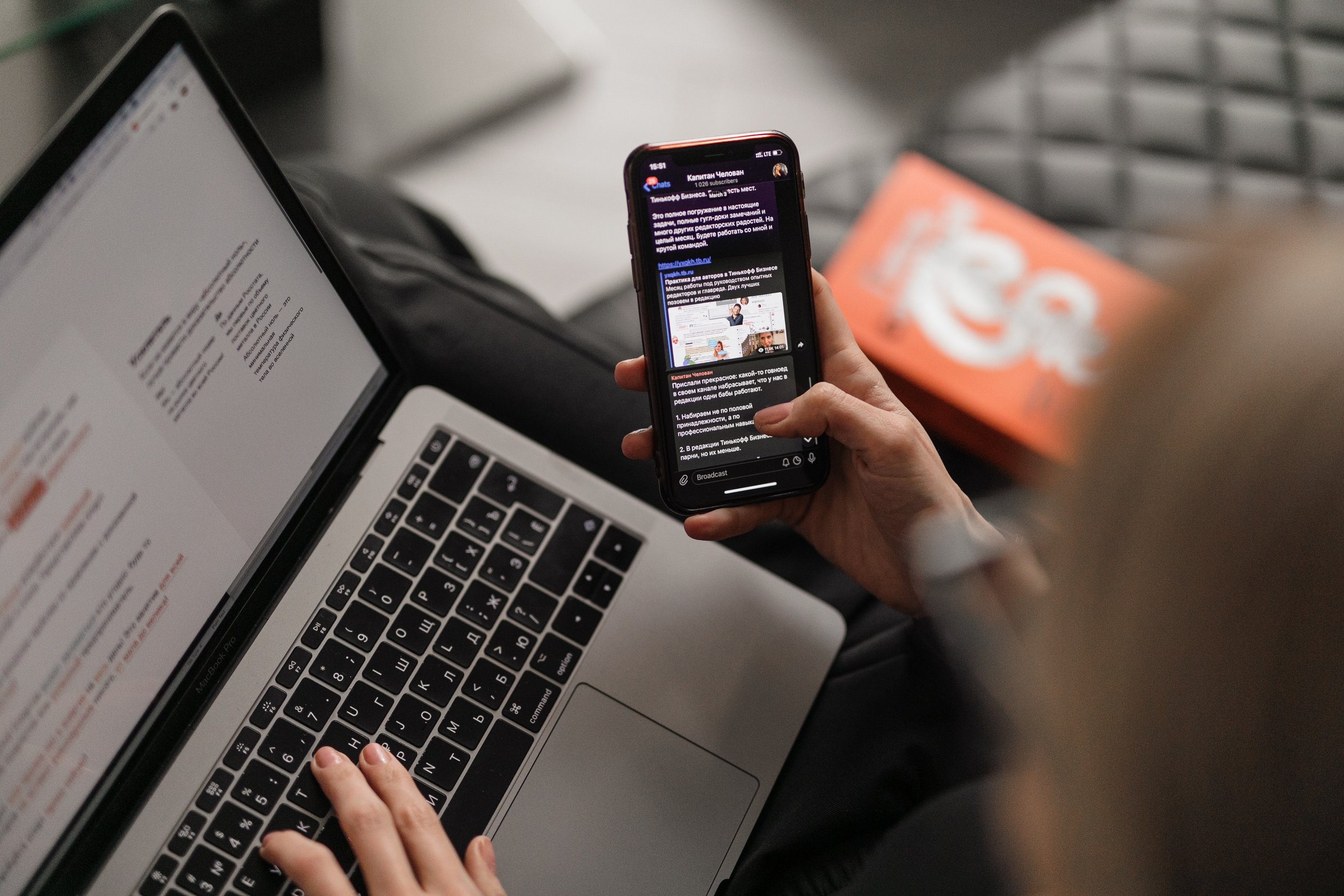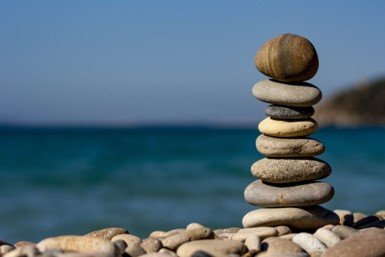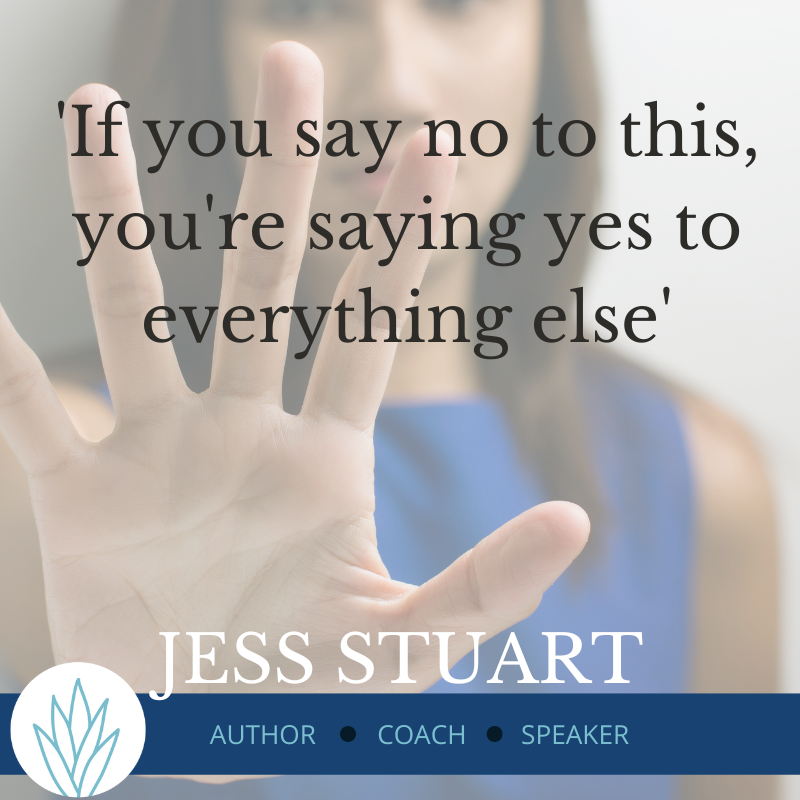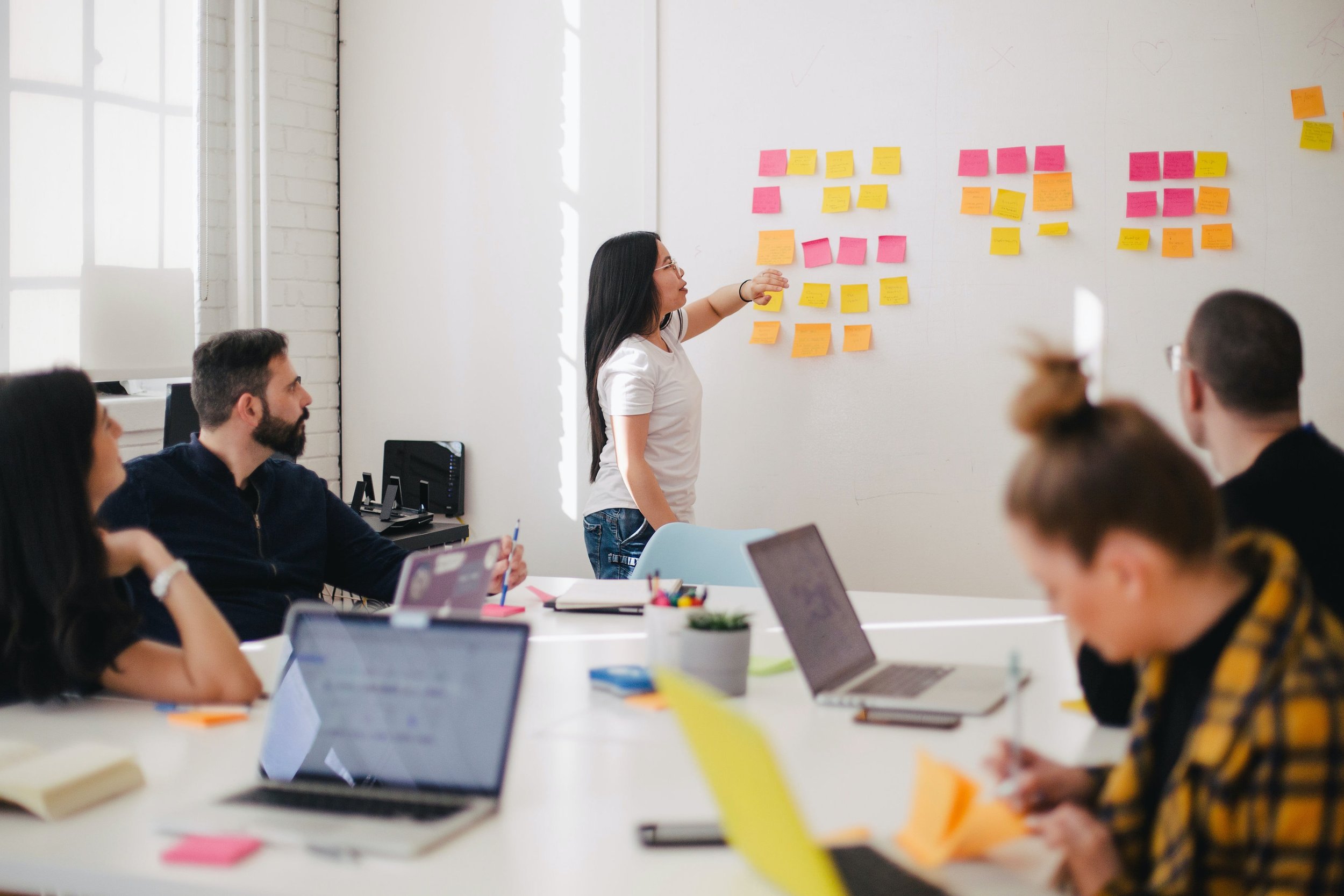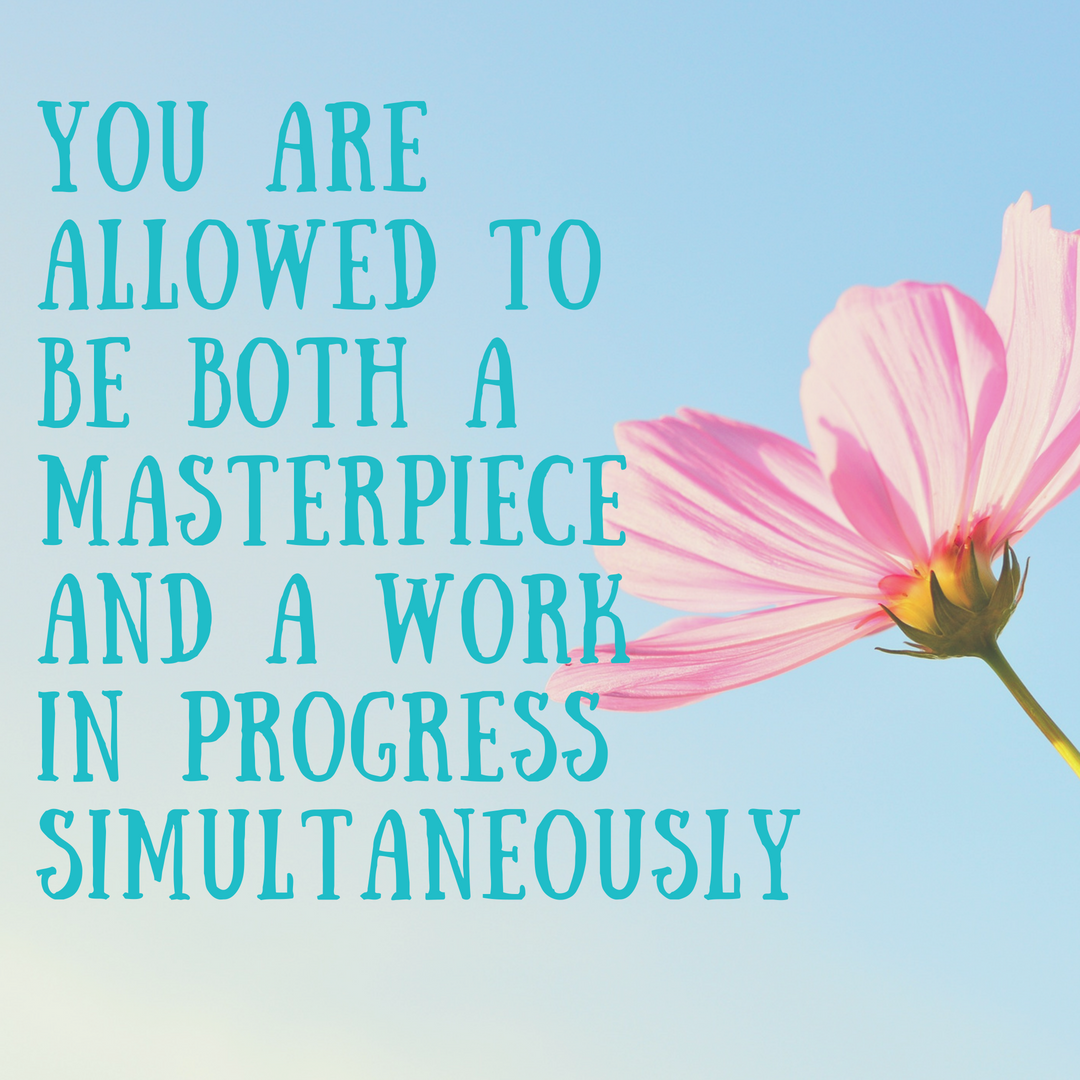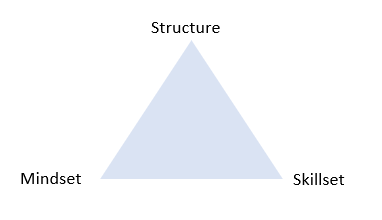“True belonging doesn’t require us to change who we are, it requires us to be who we are” Brene Brown
I love the concept of leading like you live. It is congruent and authentic and allows a human centered leadership that means we’re bringing our whole selves to work.
When I first entered into management in a male-dominated timber manufacturing business in the UK, I used to think showing any signs of kindness would be viewed as weak. I used to play down skills like empathy and try to act like the tough business leader I thought the world expected me to be.
Authenticity wasn’t talked about then, certainly not in leadership. I used to feel like I took my ‘Jess’ hat off at the door and put my leadership hat on which was a sort of armor based on who I thought a leader should be. None of it was authentically me but I was desperate to fit the mould and had no other experience to draw from.
I now run lead with confidence programmes for emerging leaders and when we start a new cohort there’s always people waiting to be told the secrets, given the key to the secret leadership box and learn a whole heap of new skills they didn’t know in order to be ‘a leader’. It makes sense as that’s how we prepared for our technical roles, often for decades.
Learning what we needed to know and becoming qualified before we got the job. Leadership tends to happen the other way around and most of us learn by doing. It’s true though that most of the unique skills and traits we’ve had since school are the same ones we end up relying on when we get into leadership.
My mentor and leadership expert, Matt Church often says it’s a predisposition not a position and I think this is so true. It’s a way of being not a title – something we are not what we do.
It’s why authenticity and self awareness are so important. When we are authentic we are:
true to our own personality, values, and essence (regardless of any pressure to act otherwise)
We’re honest with ourself and with others
We take responsibility for our mistakes
Our values, ideals, and actions align
The biggest two challenges to us achieving this in my experience are comparison and perfection. Even when we know who we are we sometimes wish we were a little bit better, or more like that person.
Brene Brown explains this beautifully in Atlas of the Heart; “Comparison is the crush of conformity from one side and competition from the other. It is trying to simultaneously fit in and stand out. It says be like everyone else but better.”
As humans we are predisposed to compare to others. There is sometimes this feeling the grass might be greener or we’d be better leaders if we were more like them.
It can be our comparison to others that encourages us to aim for perfection. A common trait in high achievers, it often comes from our fear of failing or making a mistake. Yet as humans that’s an inevitable part of us learning and growing. The drive for perfection often comes from an insecurity based on not being good enough. We’re trying to prove ourselves and over deliver when we aim for perfection. It’s understanding the difference between excellence or mastery and that additional, unrealistic, step perfection. Perfection wants to deliver above and beyond excellence and mastery and we know that doesn’t always exist. Which is why so often when we aim for perfect we set ourselves up to fail.
Yet perfection is often held up as the standard we should aspire to and a positive trait in leaders. My experience is that it actually puts us at higher risk or burnout, micro managing and never feeling like we’ve achieved enough. It’s also less authentic. Dame Jenny Shipley said at a conference I was at one year “the closer you are to perfect the less people will trust you” it really stuck with me. In an era where we prize human centered leadership and authenticity, appearing superhuman or not real in some way means people are less likely to feel we’re genuine. They’re less likely to build trust and connect with us as a leader. When we’re authentic and congruent and vulnerable about our imperfections this is so much easier to trust and connect to because people can see it’s real. It’s a fundamental component of human centred leadership.
When we show up as human we’re more genuine, people trust us and can see we have integrity. There’s a congruence that comes with authenticity.
Whilst vulnerability is hard it becomes an advantage in the leadership space when building an authentic brand.






